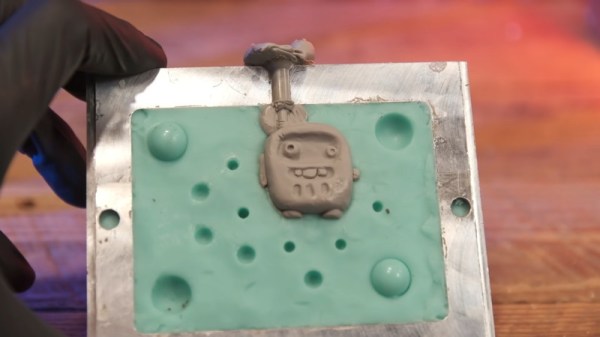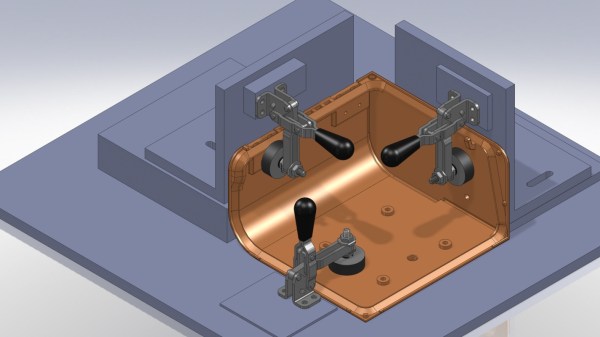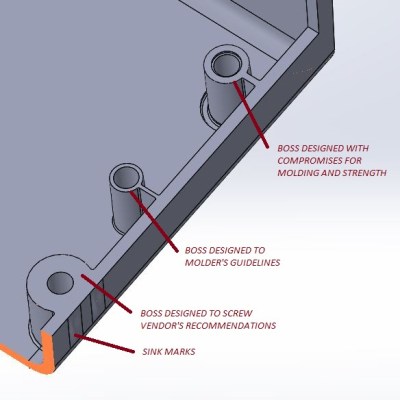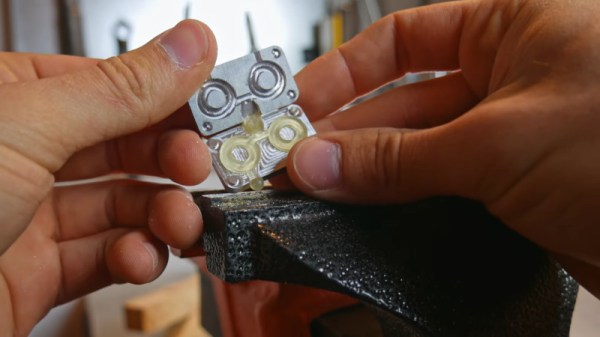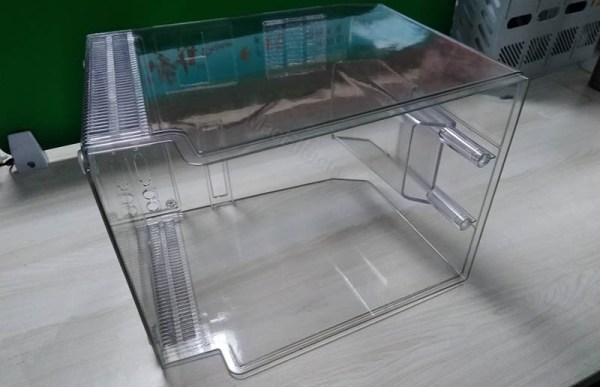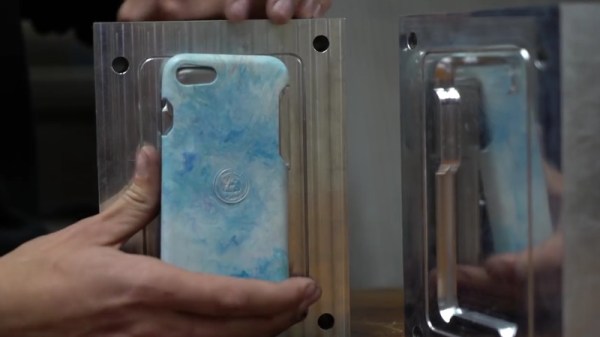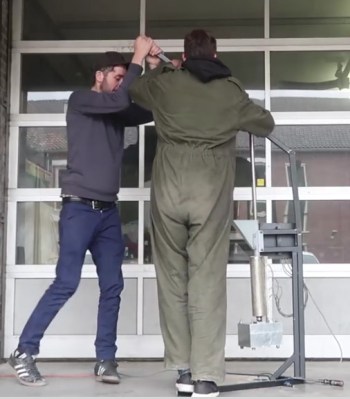The Macintosh SE/30 is the greatest computer ever made. It was a powerhouse when it was launched almost exactly thirty years ago today. You could stuff 128 Megabytes of RAM into it, an absolutely ludicrous amount of RAM for 1989. You could put Ethernet in it. You could turn the 1-bit black or white internal display into an 8-bit grayscale display. I think there was a Lisp card for it. These were just the contemporaneous hacks for the SE/30. Now, people are actively developing for this machine and putting Spotify on it. There’s a toolbar extension for Macs of this era that will let you connect to a WiFi network. You’ll be hard pressed to find a computer that still has a fanbase this big thirty years after release.
Now, there’s a project to create new injection molded cases for the Mac SE/30 (and the plain ‘ol SE). These cases will be clear, just like Apple prototypes of the era. It’s also one of the most difficult injection molding projects retrocomputer enthusiasts have ever taken up.
Over the years, we’ve seen some interesting projects in the way of creating new plastic cases for old computers. The most famous is perhaps the remanufacturing of Commodore 64C cases. Instead of a purely community-driven project, this was an accident of history. The story goes that one guy, [Dallas Moore], went to an auction at an injection molding factory. The owner mentioned something about an old computer, and wheels started turning in someone’s head. A Kickstarter later, and everyone who wanted a new C64 case got one. You could get one in translucent plastic to go with the retro aesthetic.
New cases for the Amiga A1200 have also been made thanks to one fan’s Solidworks skills and a Kickstarter campaign. There is, apparently, a market for remanufactured cases for retrocomputers, and it’s just barely large enough to support making new injection molding tooling.
So, about that SE/30. The folks on the 68k Macintosh Liberation Army forums are discussing the possibility of making a new case for the greatest computer Apple will ever make. The hero of this story is [maceffects] who has already modeled the back ‘bucket’ of the SE/30 and printed one out on a filament printer (check out the videos below). This was then printed in clear SLA, and the next step is crowdfunding.
While this isn’t a complete case — a front bezel would be needed to complete the case — it is an amazing example of what the retrocomputing community can do. The total cost to bring this project to fruition would be about $15,000 USD, which is well within what a crowdfunding campaign could take in. Secondary runs could include a translucent Bondi Blue polycarbonate enclosure, but that’s pure speculation from someone who knows what would be the coolest project ever.
Continue reading “The Greatest Computer Ever Now Gets A New, Injection Molded Clear Case” →

